CHINESE MASSAGE
Chinese massage, also called tui na, is a powerful way to gently treat bones, joints, muscles, and connective tissue. But it does so much more than that. This technique allows me to listen to your body and feel out what parts of it are working together, and which parts need a little help. Through this listening, I’m able to sense if vertebrae or ribs are out of place, and even find a hip misalignment that could be the root cause of your knee issue.
Tui-na is also a way to assess unconscious postural tension; all the ways we unknowingly tighten up as we face the world and its challenges. This tension sets us up for injuries, chronic pain, headaches, and more. It also impedes circulation, so by freeing up your muscles and joints we also increase blood flow and enhance the function of your nervous system. This process actually helps you to change your relationship to stress and the way it gets deposited in your body.
Orthobionomy
A kind of bodywork based on research done in the 1970s. It works with you to bring the body into greater ease and comfort. Never forcing things and never cracking or popping, orthobionomy slowly, gently, and safely guides bones, joints, tendons, and ligaments into a more harmonious relationship with one another.
Do you ever have a sense that something is out of place in your body? With a little guidance, your body can move things back to where they were meant to be for greater freedom of movement and comfort. This is powerful and safe because we aren’t fighting the body, but instead we are working at the body’s own pace. As you can see, it matches perfectly with Chinese medicine.
Cupping
The advanced cupping I use for you will feel like a deep, good massage. It powerfully stimulates your blood circulation, and this in turn releases tension from your nervous system, activates your immune system, and releases chronic stress, tension, and inflammation in the muscles. Cupping seems simple, but has a strong and broad range of benefits for the body. I once had a grumpy Chinese medicine teacher tell me, “Don’t use cupping—because if you do, patients will always ask for it!” Cupping is great and it became popular after olympic champion swimmer Michael Phelps used it in the 2008 olympics. After you experience cupping, you’ll be asking me for it, too!





